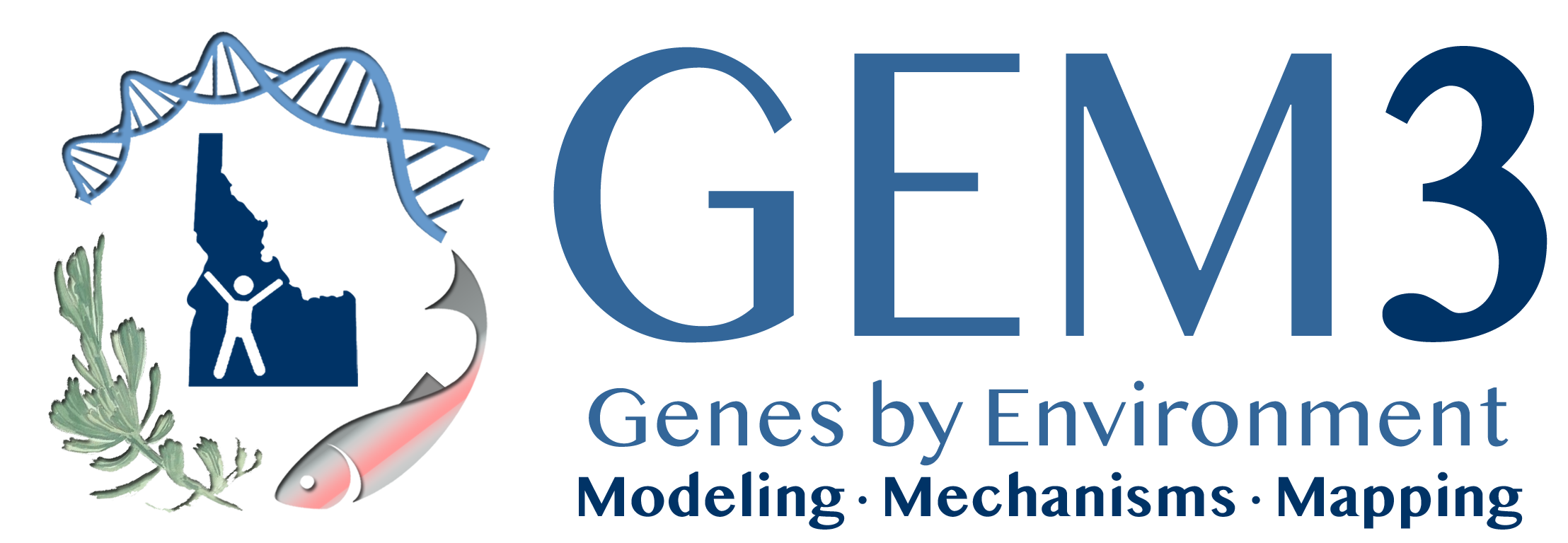| Primary investigators | |
| Supporting investigators | |
| Summary |
The abundance and distribution of redband trout due to long-term impacts such as landscape shifts and climate change can be managed effectively by understanding the endogenous physiological mechanisms that help fish to adapt to changing environments. Salmonids adapt to these changes by modifying their hormonal pathways that regulate phenotype, such as growth rates (including body mass, bone and muscle density) and development of secondary sexual characteristics, sperm production, and sexual behavior. Natural changes in ambient fresh water temperatures occur during seasonal shifts, such as summer, fall and early winter, with highest temperatures in July and August, and declining temperatures into the fall. These observations raise the question of whether trout living in warmer rivers have higher thermal tolerance and/or chronic stress responses compared to those from cooler rivers. In fish, cortisol functions to maintain energy balance and food consumption. During the acute stress response, cortisol levels increase rapidly to maintain homeostasis, while chronically elevated cortisol (e.g. during heat stress), can negatively impact growth and all the levels of the reproductive axis, from reproductive behavior to gamete quality and embryo/larval development. Our fish collection sites north of Snake River represent lower temperature stress habitats, and southern sites represent high temperature stress habitats. Objective #1 is to determine the effects of shifts in seasonality and temperature on chronic stress response and growth. For each fish, we will measure morphology, feeding behavior and metabolic hormones such as cortisol, growth hormones and insulin-like growth factor 1. For Objective #2, we will determine the effect of thermal stress on reproductive behavior, steroid hormone profiles (such as cortisol, 11- ketotestosterone, and estradiol) and reproductive success. These studies will help determine the mechanisms by which hormones regulate sex and age differences in life history transitions and the phenotypic plasticity of redband trout in response to thermal stress. |
| GEM3 component |
Mechanisms
|
| Keywords |
Ecology
Physiology
Inclusion and Diversity
Inclusive Mentoring
Behavior
Redband Trout
|
| Data needed |
Survey or Questionnaire
Tissue
|
